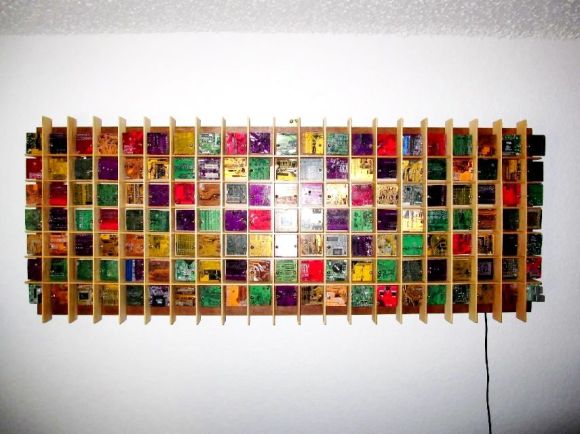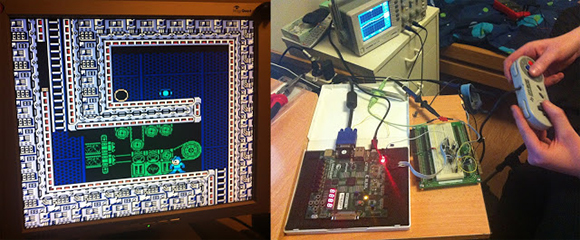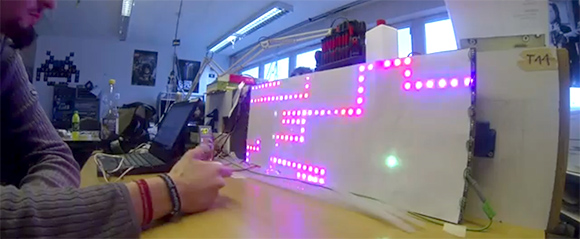This cheap and easy hack will let you use your old smart phone to take pictures and videos of the view through a telescope. [Xobmo] built the connector for just 55 cents. Apart from our concerns about scratching the lens when inserting the phone in the bracket we love the idea.
He was given the Celestron Powerseeker 70AZ as a gift from his wife last Christmas. He looked around the Internet and saw that there are already some solutions for recording video using an iPhone 3GS. This design on Thingiverse would be perfect, but he doesn’t have access to a 3D printer and ordering it form a service would cost almost $50. But when he got to thinking about it, all he needed was a ring to fit on the telescope and a way to connected the iPhone to it. He headed down to the hardware store and picked up a PVC coupler. After working with a hack saw and drill he ended up with a slot with two wings on it. Just slip the phone in and slide the ring on the eyepiece. You can see some action shots, and get a look at the mount itself, in the clip after the break.

















